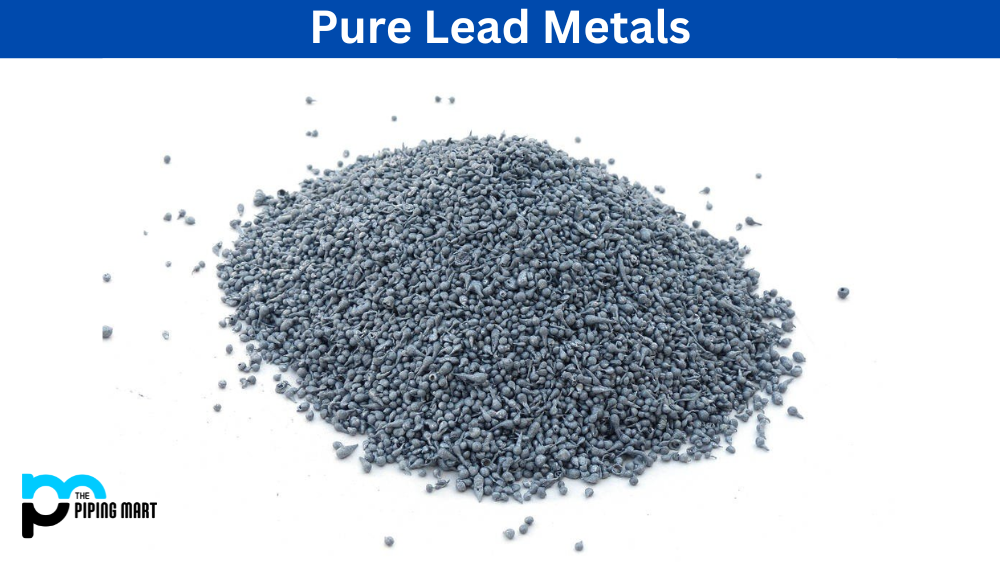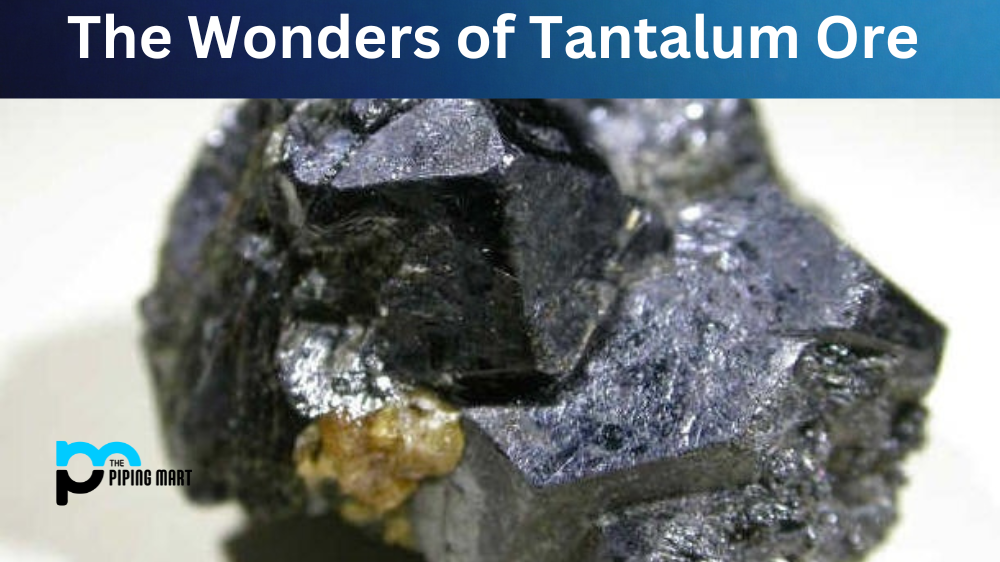Lead metal has been utilized for thousands of years due to its malleability, low melting point, and high density. Its exceptional properties make it a valuable element for various industrial applications. However, lead’s metallic form sometimes varies depending on the added substances or alloys used. This blog post aims to help readers understand the distinct sorts of lead metals by exploring their different types, properties, and uses.
Types of Pure Lead Metals
Leaded Copper
This is copper alloys’ primary lead metal form. Lead in the copper metal gives it a softer structure than pure copper. This type of lead metal improves the copper alloy’s machine capacity, diminishes friction when forming, and limits wear.
Chemical Lead
This type of lead metal is also called 99% lead and is the purest form of this metal. Since it comprises minimal and controllable contaminations, it is highly utilized in electronic parts manufacturing, roofing materials, and radiation shielding due to its exceptional corrosion resistance and high-density properties.
Antimonial Lead
This type of lead metal comprises a blend of around 7% antimony and 93 % lead. Including antimony improves the lead alloy’s strength, opacity, and hardness. This metal is also utilized in battery manufacturing, casting, and bullet production because of its durability.
Arsenic Lead
This type of lead metal comprises a blend of around 1% to 3% arsenic and 97% lead. Adding arsenic enhances lead’s strength, which helps manufacture electric wires, television systems, switches, and various unique types of equipment.
Lead Calcium
This type of lead metal comprises a blend of around 0.03% to 0.15% calcium and 99.85% to 99.97% lead. Adding calcium improves the alloy’s wetting capacity or lowered viscosity, making it suitable for manufacturing laundry washing machines, engine parts, and various bearings.
Lead-Based Babbitt Metal
This type of lead metal is composed of around 10% to 20% tin, 1% to 3% copper, 1% to 10% antimony, and the rest, usually lead. Babbitt metals like these are precious for manufacturing machine bearings, as they have self-lubricating properties and a low coefficient of friction.
Linotype Alloy
This type of lead metal is similar to type metal as it combines 78% lead, 12% antimony, and 10% tin. It was used in printing presses for many years due to its exceptional flow rate, cohesive capacity, and printability.
Conclusion
In conclusion, lead metal is an essential element in various industrial applications. It exists in multiple types based on the additional substances or alloys used to create it. These unique properties make it vital in electronic manufacturing, battery production, printing presses, and more. Understanding the different types of lead metal will help companies utilize this valuable metal more effectively.

A passionate metal industry expert and blogger. With over 5 years of experience in the field, Palak brings a wealth of knowledge and insight to her writing. Whether discussing the latest trends in the metal industry or sharing tips, she is dedicated to helping others succeed in the metal industry.




